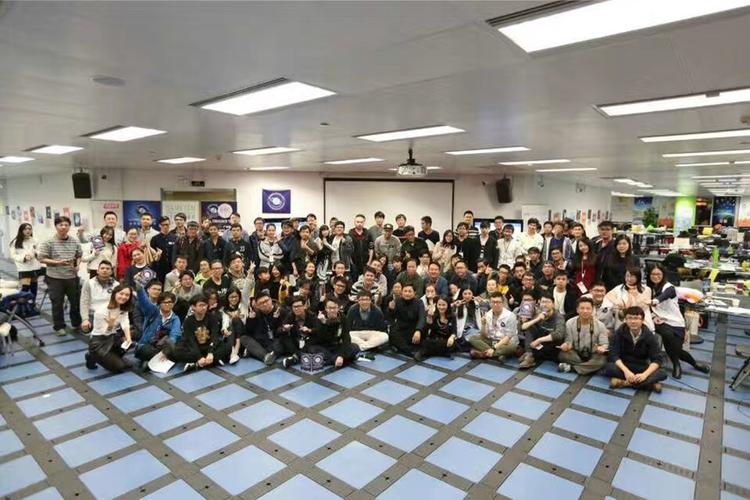Understanding the Market
Creating an online game to make money is a multifaceted endeavor that requires a deep understanding of the market. Before diving into development, it’s crucial to research the current trends and identify a niche that you can fill. Look at popular games, their mechanics, and the audience they cater to. This will help you create a game that stands out and appeals to a target audience.
Start by analyzing the top-grossing games on platforms like Steam, App Store, and Google Play. Look for common themes, gameplay styles, and monetization models. This research will provide you with valuable insights into what works and what doesn’t in the online gaming industry.
Choosing the Right Platform
Once you have a clear understanding of the market, the next step is to choose the right platform for your game. Consider the following factors:
| Platform | Target Audience | Development Tools | Monetization Options |
|---|---|---|---|
| PC (Steam, Epic Games Store) | Core gamers, casual gamers | Unity, Unreal Engine | One-time purchase, in-game purchases |
| Mobile (iOS, Android) | Casual gamers, mobile users | Unity, Cocos2d-x, GameMaker Studio | Freemium, in-app purchases |
| Consoles (PlayStation, Xbox) | Core gamers | Unreal Engine, Unity | One-time purchase, in-game purchases |
Each platform has its own set of advantages and disadvantages. For example, PC and console games often have a higher development cost but can generate more revenue per sale. Mobile games, on the other hand, have a larger user base but may require a different monetization strategy.
Developing the Game
Once you’ve chosen a platform, it’s time to start developing your game. Here are some key aspects to consider:
1. Game Design: Create a detailed game design document that outlines the game’s mechanics, story, characters, and art style. This document will serve as a blueprint for the development process.
2. Art and Animation: Develop high-quality art assets and animations that will make your game visually appealing. Consider hiring professional artists or using pre-made assets from reputable sources.
3. Sound Design: Create immersive sound effects and music that enhance the gameplay experience. You can hire a professional sound designer or use royalty-free sound libraries.
4. Programming: Develop the game’s core mechanics, user interface, and networking capabilities. You can learn programming languages like C, C++, or Python, or hire a professional developer.

Monetization Strategy
Choosing the right monetization strategy is crucial for generating revenue from your online game. Here are some popular options:
1. Freemium Model: Offer the game for free, with in-game purchases to unlock additional content or features. This model is popular among mobile games and can attract a large user base.
2. Pay-to-Play Model: Charge a one-time fee to download and play the game. This model is often used for PC and console games with a dedicated audience.
3. Subscription Model: Offer a monthly or yearly subscription that grants access to exclusive content and features. This model is suitable for games with a strong community and ongoing content updates.
Marketing and Distribution
Once your game is developed, it’s time to market and distribute it. Here are some effective strategies:
1. Social Media: Utilize platforms like Twitter, Facebook, and Instagram to promote your game. Share updates, screenshots, and gameplay videos to generate interest.
2. Influencer Marketing: Partner with influencers in the gaming industry to reach a wider audience. Influencers can provide authentic endorsements and drive traffic to your game.
3. Press Releases: Send out press releases to gaming websites, magazines, and blogs to get coverage for your game. This can help increase visibility and attract players.
4. App Stores and Marketplaces: Optimize your game’s listing on app stores and marketplaces by using relevant keywords, high-quality screenshots, and compelling descriptions.
Post-Launch Support
After



